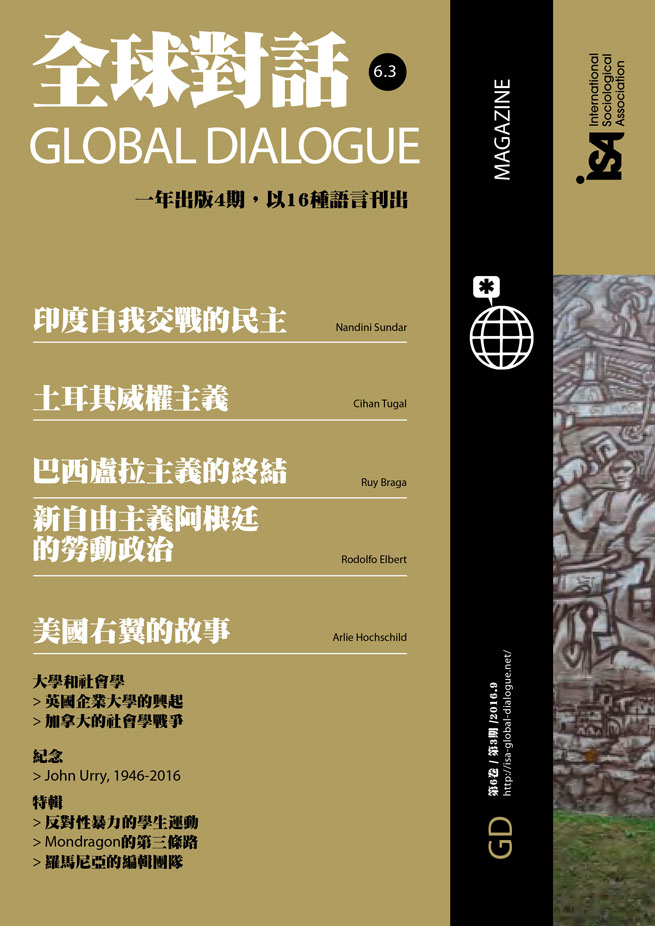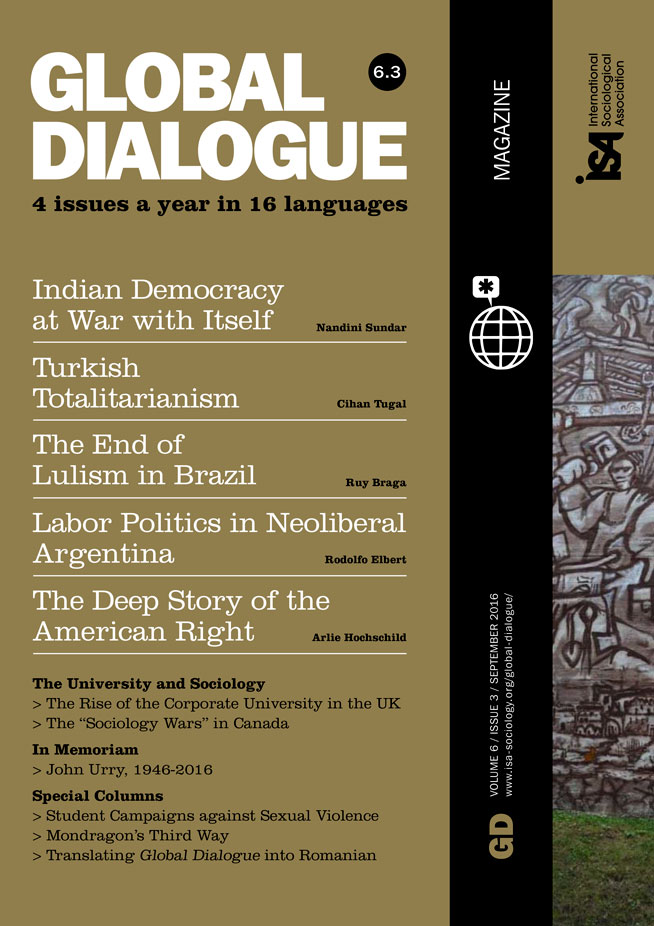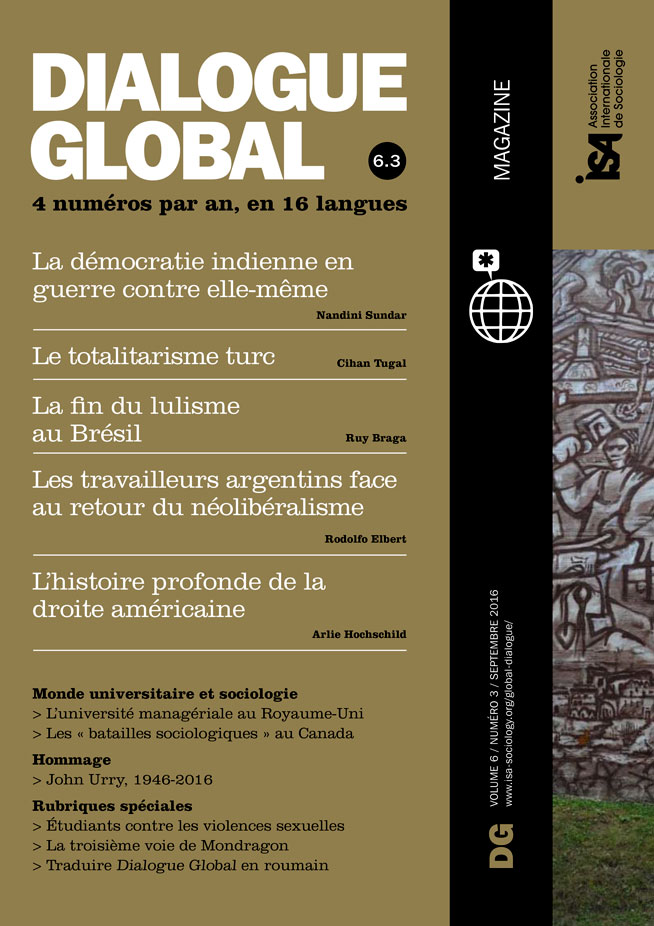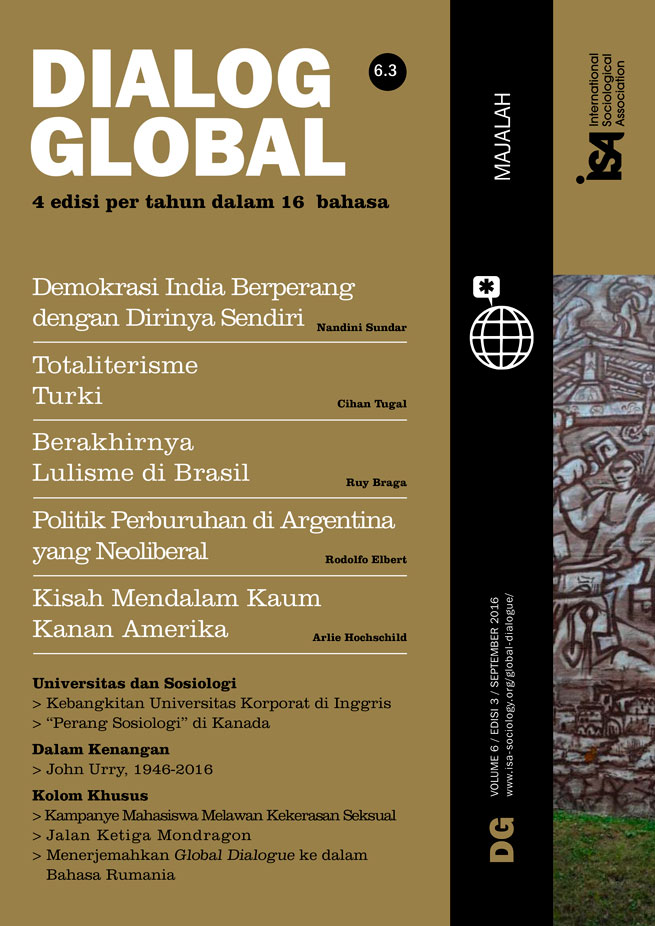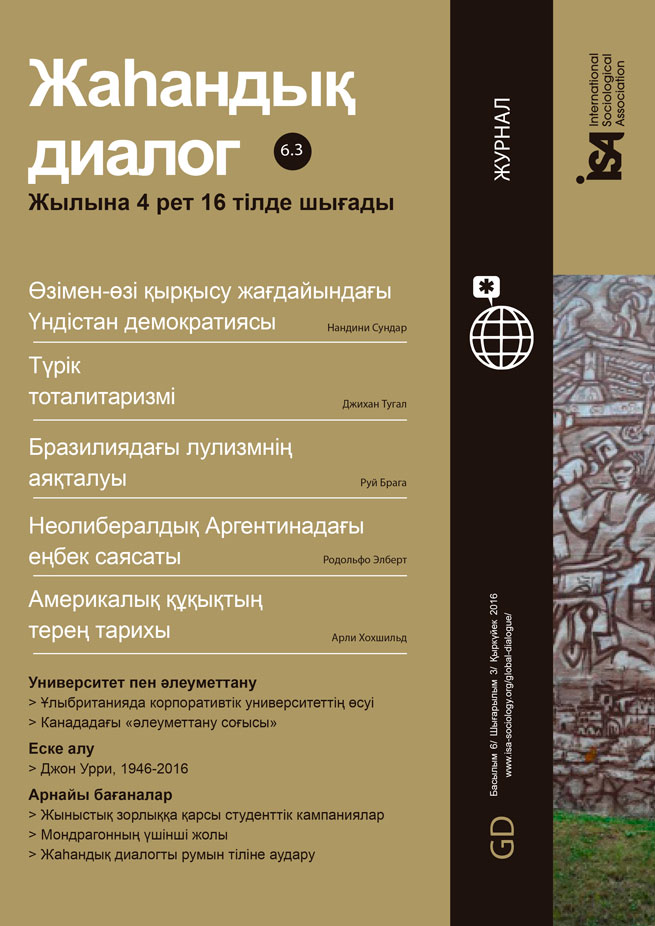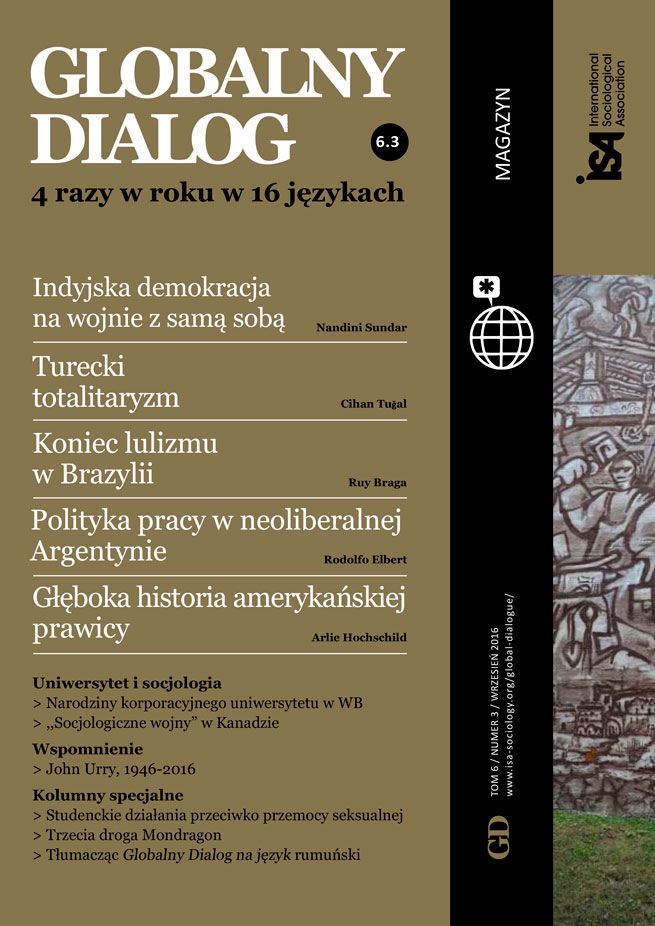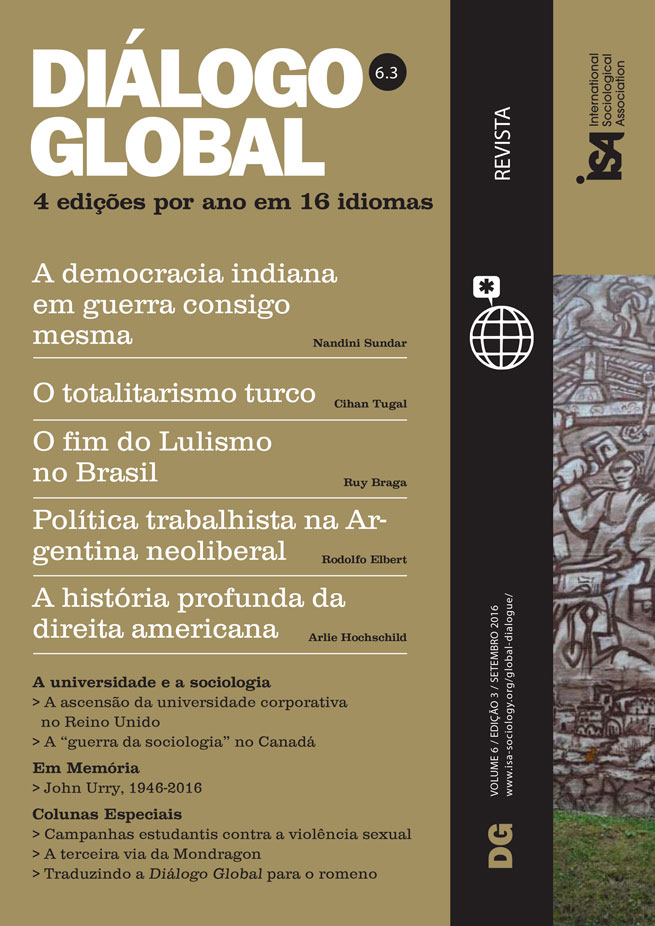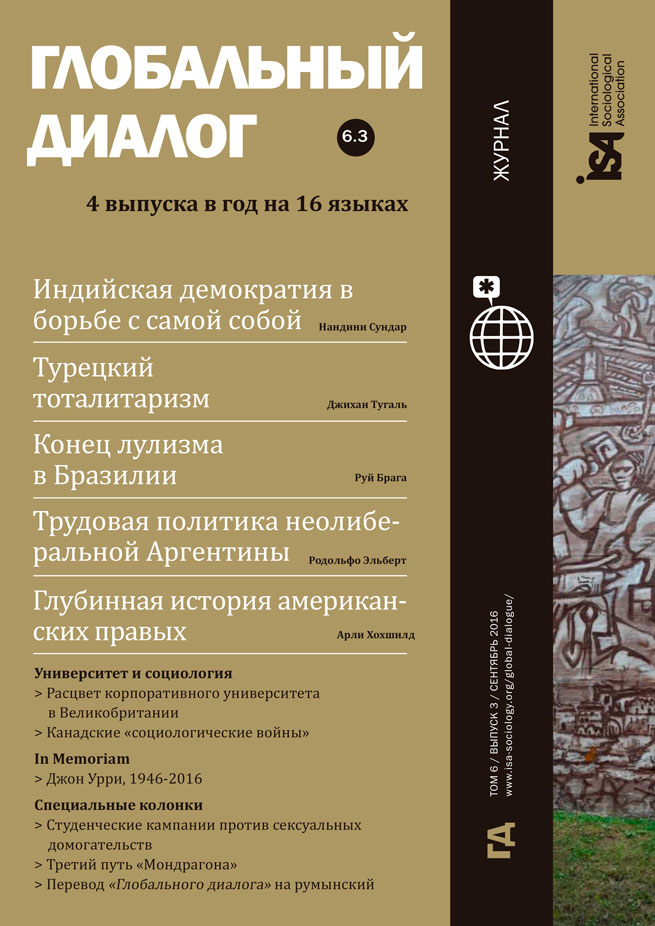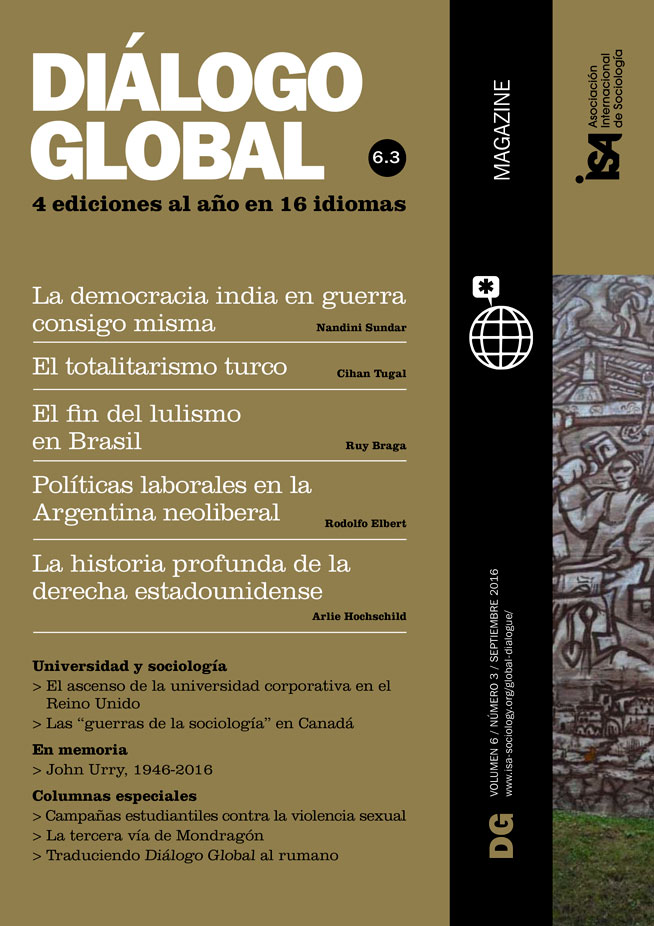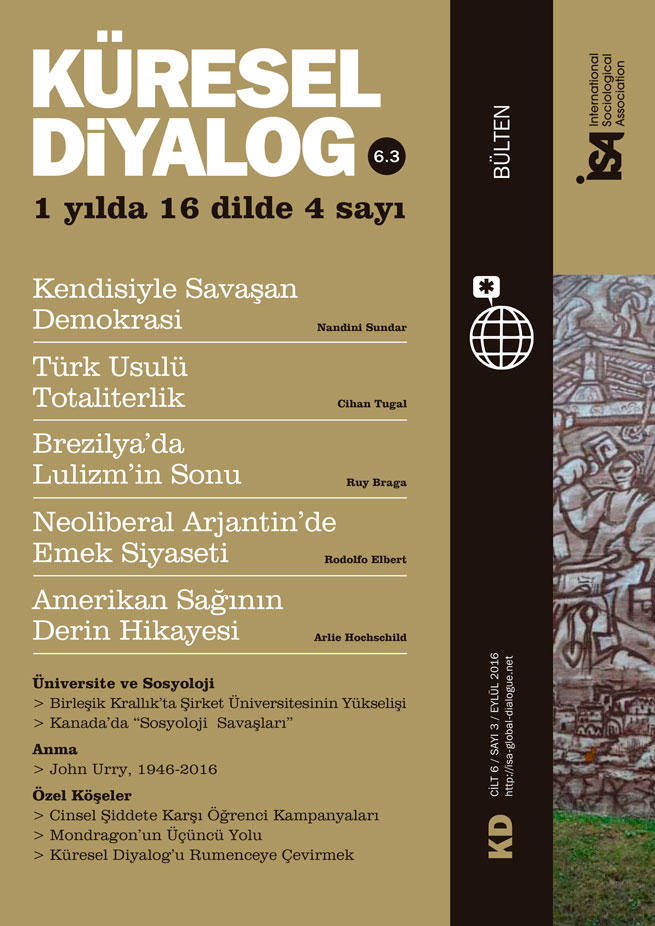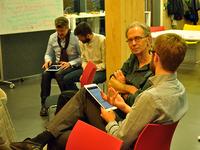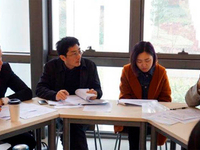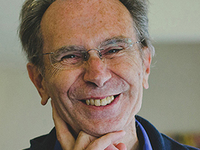John Urry – Sociologist of the Future

August 06, 2016
John Urry, who recently passed away, was one of the UK’s most cited sociologists, with some twenty books, many of them very influential. After graduating from Cambridge University, John spent his whole career at Lancaster University, where he and I were colleagues from 1977-1998. We wrote two books together, The End of Organized Capitalism (1987) and Economies of Signs and Space (1994). Both books spoke to the future; in many ways, John was a futurologist.
As a PhD student, John and Bob Jessop were in John Dunn’s seminar on revolutions at Cambridge, a seminar that was also influenced by Quentin Skinner, perhaps the world’s most eminent Hobbes scholar. Revolutions with their eschatological dimension are always somehow in the future; Hobbes is very much about state power. Perhaps these influences – revolutions and the state – gave John a feeling for the realities of the power of the state.
In 1975, John and Russell Keat wrote Social Theory as Science, a book that addressed sociological epistemology, in the frame of a certain “realism.” The “real” was not what social agents encountered; rather, the real were the deep structures that determined empirical social relations. This was a sociological structuralism influenced by Louis Althusser’s 1970s Marxist structuralism. But whereas Marxist structuralism was always determination by the economic base, Urry’s structuralism was a much more general set of social structures, involving a notion of structural causation which not only determined everyday empirical experience, but drove social change and opened up the social relations of the future.
The End of Organized Capitalism and Economies of Signs and Space were favorably reviewed and much cited, and influenced (and were also influenced by) David Harvey and Manuel Castells. The End of Organized Capitalism discussed the accumulation of capital, but argued that the new phase of capitalism was no longer governed by social and institutional organization, but instead by social fragmentation. John and I came to this argument from somewhat different perspectives.
I came to capitalist disorganization from the viewpoint of the dissolution of central (trade union and employer federation) collective bargaining. John saw the post-1980 phase of capitalism more in terms of movement and flow, and in terms of time, oriented neither to the past nor the present but to the future. Thus the book included John’s chapters on time and on the movement of people in tourism – an argument which would later be developed in John’s full book, The Tourist Gaze, which in a sense founded the sociology of tourism.
In the late 1980s John edited Social Relations and Spatial Structures with Derek Gregory. The key figure in this project was Doreen Massey and her idea of “restructuring,” involving a transformation of “value chains.” A value chain would trace the sourcing of a commodity in, say, South American primary materials, and look at its transformation in a factory in, say, Mexico, and its marketing and distribution in Europe or the USA. These value chains were “stretching,” they were connecting ever-more distant places in time and space. They give us an empirical instantiation of what Giddens called “space-time distantiation” and Harvey called “space-time compression”.
This was a precursor to a much fuller sociology of global flows, which John and I addressed in Economies of Signs and Space. Castells had already begun to address a shift from the previous society of structures to the new globalized society of “flows,” involving a whole array of flows: flows of capital, of labor mobility, of commodities and goods, of environmental poisons or “bads” and of information and communication.
John developed this into a “sociology of mobilities,” which became a mainstay of his research and writing from the late 1990s until the end. He was particularly interested in how humans flowed from one place to another, in tourism, but every one of his books on mobilities included a chapter on “automobilities,” which are required and compelling reading. Here we see the world through the prism of a car, understood technologically.
John then wrote a series of books on climate change, returning to the theme of the mobilities, or flow, of “bads” – a turn that coincided with a marked shift to the left in John’s politics. I had always been to the left of John, but from about 2010, he was the stronger critic of capitalism, for example, in his recent book, Offshoring. I remember a UK Research Council conference I co-hosted in Shanghai, to which sociologists and several economists were invited. An eminent, rather neoliberal, and even climate-sceptic, French economist was present; John, already towards his mid-60s, locked horns with him with the passion of a 25-year-old.
John was a sociologist of the future. I met him when we were both about 30 years of age; we were colleagues for the next 21 years, and the best of friends for the rest. Sylvia Walby, John’s partner for all those years, said that John saw me as a sort of instinctual intelligence, whose energies were always about to get out of control. I owe John an unpayable debt for his putting some structure on this wild energy. I miss him. We will miss him.
Scott Lash, Goldsmiths, University of London, UK




